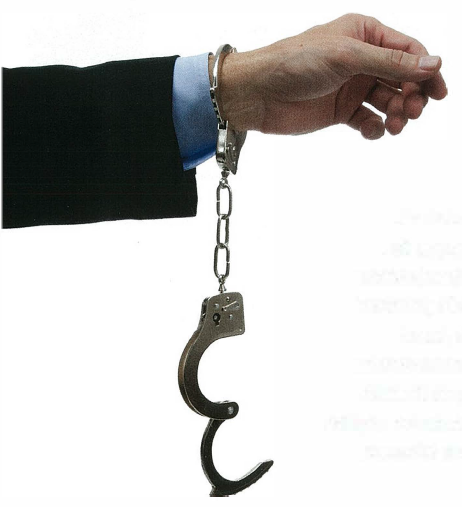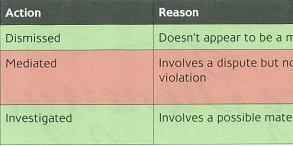THE CURRENT CODE OF PROFESSIONAL CONDUCT was released to the members of the five U.S.-based actuarial organizations on Jan. 1, 2001. In the covering memorandum, the Joint Committee on the Code of Conduct referenced comments received during the exposure process. One such comment was on the term “moral turpitude.” As stated in the memorandum: “One commenter on Precept 1 suggested … Read More
New Year’s Resolution
ACCORDING TO THE WEBSITE PROACTIVE CHANGE, about 45 percent of us make New Year’s resolutions every year. And by the end of January, 36 percent of us have already failed to keep those resolutions. I have a friend who, wishing to avoid the disgrace of yet again failing to achieve the goals she set for herself in those heady last … Read More
Modeling to Code
IN MARCH, I PARTICIPATED ON A PANEL on professionalism in predictive modeling at the Casualty Actuarial Society’s (CAS) Ratemaking and Product Management Seminar. Since working with predictive modeling has not been an area of focus for me in my professional career, I accepted the invitation thinking it would be a good learning experience. With two other actuaries on the panel … Read More
Let’s Be Perfectly Clear
THE REVISED ACTUARIAL STANDARD OF PRACTICE (ASOP) No. 41, Actuarial Communications, was adopted in December 2010 with an effective date of May 1, 2011. Because the revision has been the subject of numerous articles, webinars, and sessions at various actuarial meetings, I’m not going to review all the major changes from the earlier version (these are summarized expertly in an … Read More
Keeping the Code
THE ACTUARIAL STANDARDS BOARD in the past few years has revised six Actuarial Standards of Practice (ASOPs), and five more are pending revisions. The Academy’s Committee on Qualifications has expanded the scope of the Qualification Standards and increased the continuing education requirements for actuaries issuing statements of actuarial opinion. The Society of Actuaries, the Casualty Actuarial Society, the Conference of … Read More
Peer Review
BRIAN HAS BEEN EMPLOYED AS AN ACTUARY FOR MANY YEARS. After a long period working at an insurance company, he decided to become an independent consultant. While his private practice thrived, he became concerned that as a sole practitioner, he might be vulnerable to mistakes and incomplete analyses. These problems, though likely unintentional, could result in violations of actuarial standards. … Read More
Types of Discipline
MANY OF YOU HAVE HAD THE OPPORTUNITY to hear presentations by members of the Actuarial Board for Counseling and Discipline (ABCD) at local actuarial clubs or within your company or firm. The members of the ABCD are eager to attend programs that allow them to talk interactively about the role of the ABCD and in which there is time to … Read More
A Look at Transparency
What does transparency in the actuarial disciplinary process mean to you? This concept has been widely discussed in the past couple of years in connection with a proposal of the Council of U.S. Presidents (CUSP) to change the discipline process. Most people agree that transparency is desirable. But the devil is in the details, and those details all have potential … Read More
Are You an Expert?
WHAT ARE YOUR RESPONSIBILITIES for complying with the Code of Professional Conduct when you offer expert testimony about another actuary’s work? Several precepts may apply when an actuary provides expert testimony particularly Precept 13, but also Precept 1, Precept 3, Precept 8, and Precept 9. There are also Actuarial Standards of Practice (ASOP) that may apply, including ASOP No. … Read More
International Compliance
BEING AN ACTUARY IN A GLOBAL ECONOMY requires a lot of diligence. And that diligence begins with the recognition that even if your passport has expired and the only foreign language you speak is pig Latin, you still are working in a global economy. As a U.S. actuary practicing in 2011, chances are good that at some point in your … Read More









